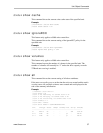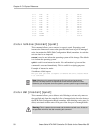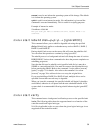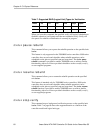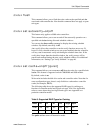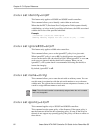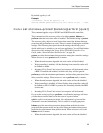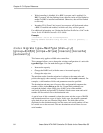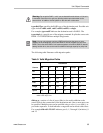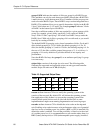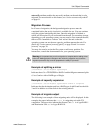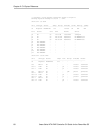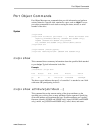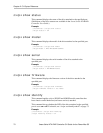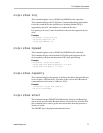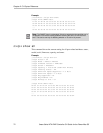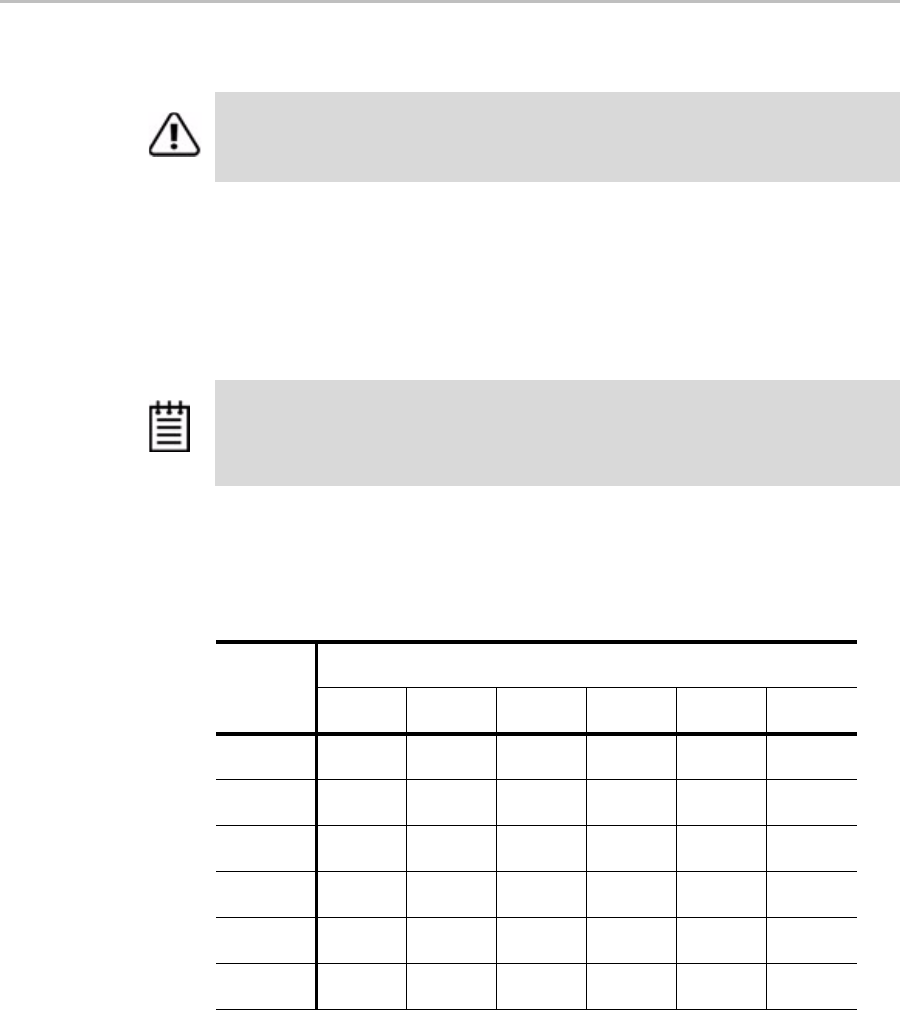
Unit Object Commands
www.3ware.com 65
type=RaidType specifies the RAID type of the destination unit. Possible unit
types include raid0, raid1, raid5, raid10, raid50, or single.
For example, type=raid5 indicates the destination unit is RAID-5. The
type=single is a special case of the migrate command. It splits the source unit
RAID-1 or TWINSTOR into multiple Single units.
The following table illustrates valid migration paths:
disk=p:-p.. consists of a list of ports (disks) to be used in addition to the
source disks in the construction of the destination unit. One or more ports can
be specified. Multiple ports can be specified using a colon (:) or a dash (-) as
port index separators. A dash indicates a range and can be mixed with colons.
For example disk=0:1:2-5:9:12 indicates port 0, 1, 2 through 5 (inclusive), 9
and 12.
Warning: Do not split a RAID 1 unit if you are booted from the drives or if the unit
is mounted. Once the unit is split, any pending writes cannot be written to the
second drive. In addition, the file system on the drive will not be clean.
Note: You can only migrate a unit to a RAID level that has the same or more
capacity as the existing one. A four-drive RAID 5 unit can migrate to a four-drive
RAID 0, but a four-drive RAID 0 unit cannot migrate to a four-drive RAID 5, without
adding another drive, due to the need for additional storage capacity for parity bits.
Table 9: Valid Migration Paths
Destination
Source R0 R1 R5 R10 Single Spare
R0
YesNoYesYesNoNo
R1
Yes No Yes Yes Yes No
R5
YesNoYesYesNoNo
R10
Yes No Yes
Yes
a
a. When migrating a RAID 10 to a RAID 10, the only change you can
make is the stripe size.
No No
Single
Yes Yes Yes Yes No No
Spare
No No No No No No



